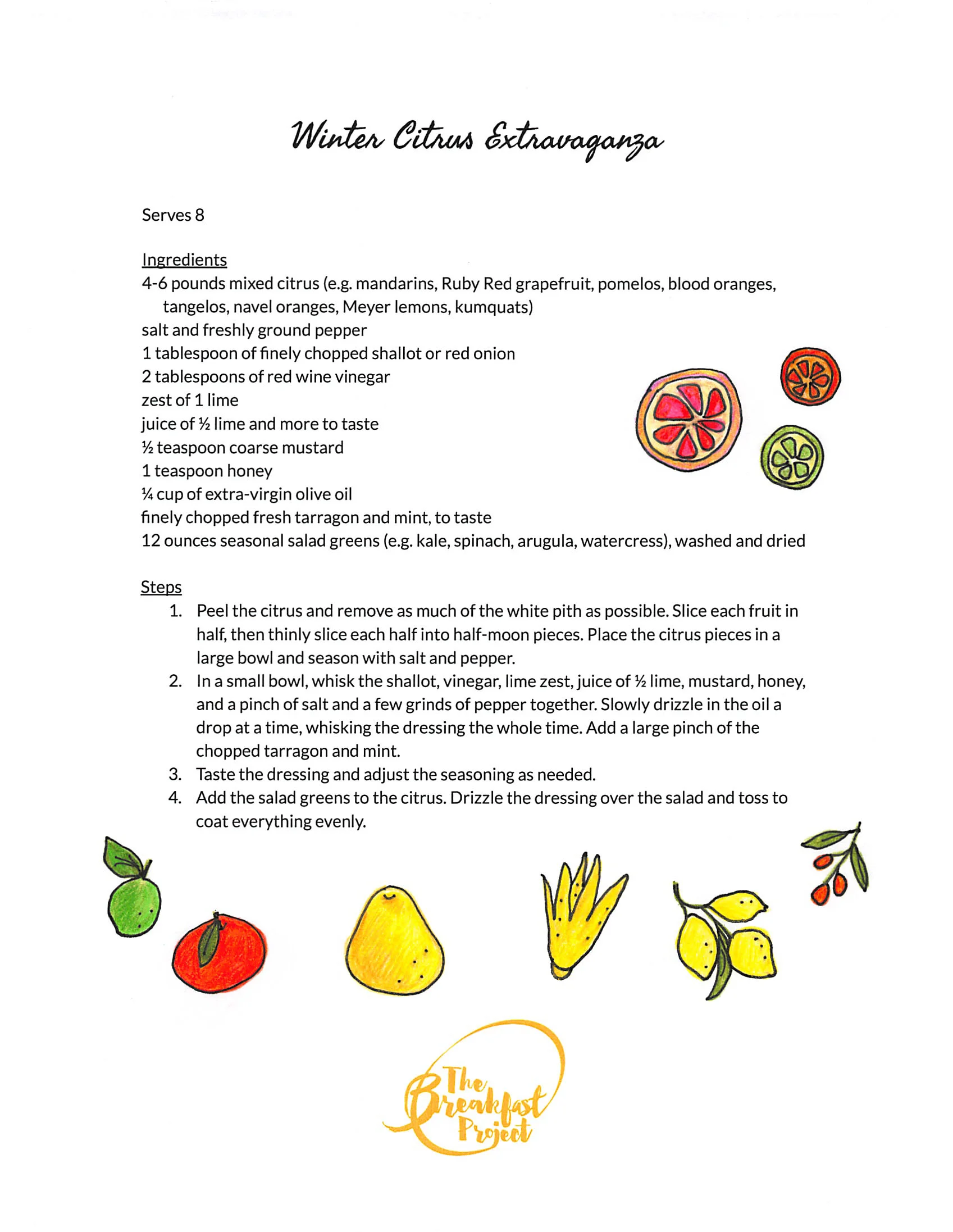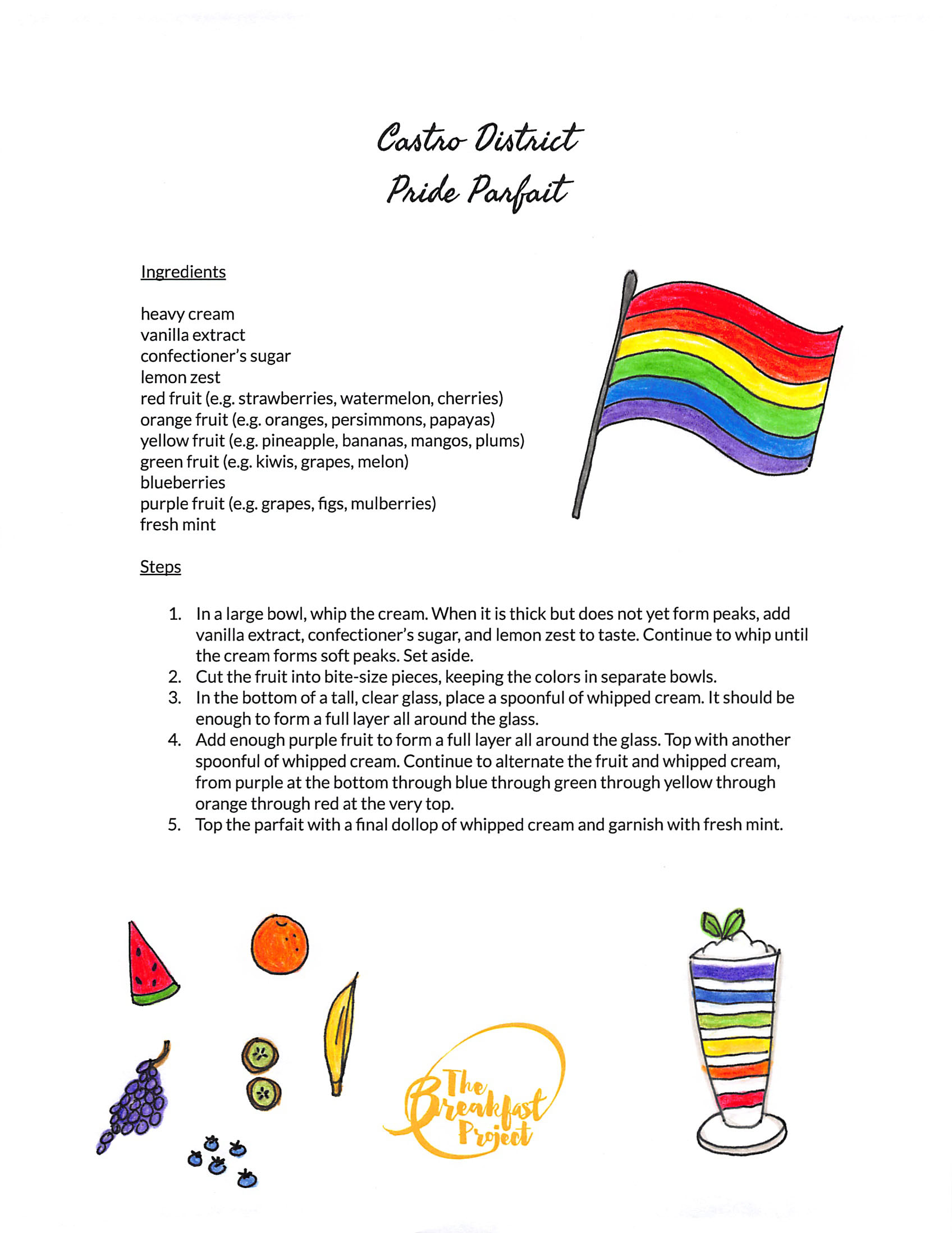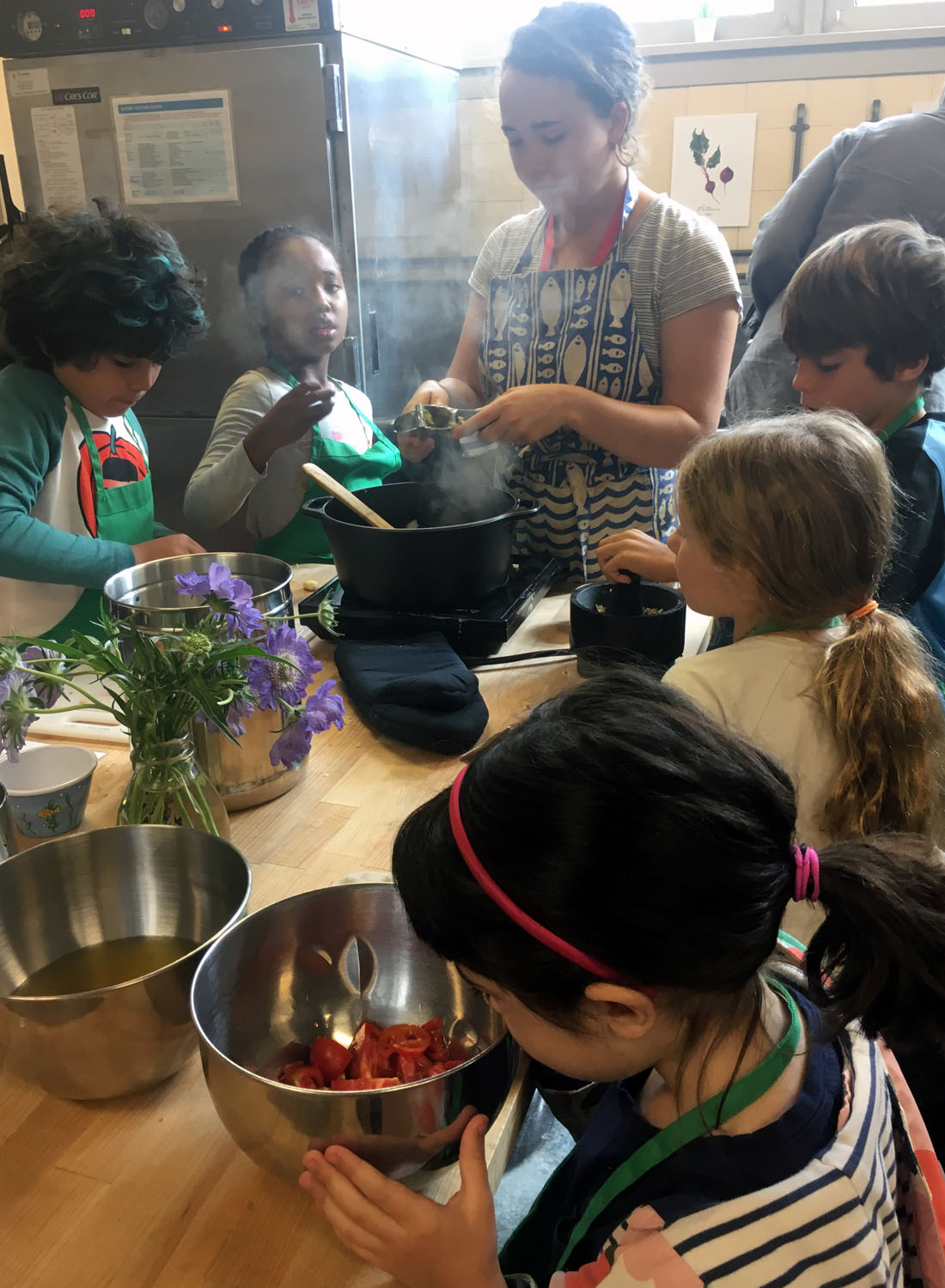Our last class started with a discussion of the word “bittersweet” - certainly something many of us were feeling as our three months in the kitchen with the third graders came to a close. We definitely saved one of the best recipes for last, though, with Chinese dumplings, a culinary tradition that dates back 1700 years.
The students watched a video about the history of dumplings and another showcasing dumplings from around Asia: Korean mandu, Chinese guotie (potstickers), Nepali momo, and Japanese gyoza. We talked about how Chinese food culture has influenced the rest of the world, for example, with the invention of noodles. Some were quite shocked to contemplate that spaghetti comes from China! But once we stop to think about it, it’s easy to see how the dumpling begat ravioli.
Our filling contained classic Chinese aromatics such as garlic, ginger, and chives, as well as shiitake mushrooms, tofu, cabbage, and carrot. We learned how much filling was just right, how to wet the edges of the wrapper before sealing, and how each dumpling shows a bit of our personality once we’re finished crimping its edges.
While the dumplings steamed, students made their own customized dipping sauce, with a choice of soy sauce, rice vinegar, sambal, chili oil, sesame oil, and green onions. We finished the class with a gratitude circle and implored the kids to keep cooking! Thank you to Miss Grace and Miss Lizzie for being such incredible teaching partners, and to all the many volunteers without whom we couldn’t do this work. Thank you to Aurelie David de Lossy, Melissa Brown, Cindy Peterson, Mr. Andrew, and Mr. Lorenzo for helping in the kitchen and to Jennifer Horner and Susan Canavan for laundering the class aprons. We are so grateful for all of you and look forward to more culinary adventures together soon.



















































































































































































































































